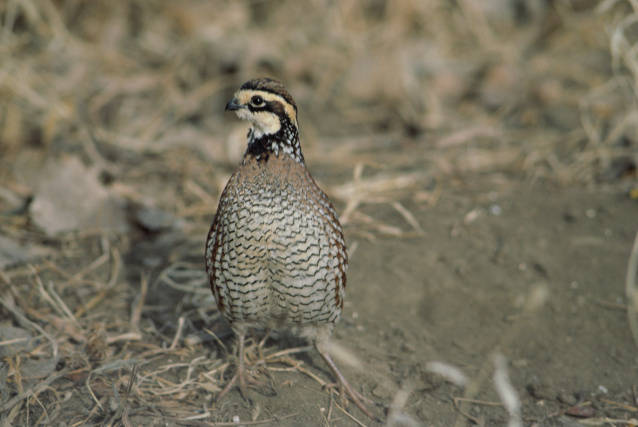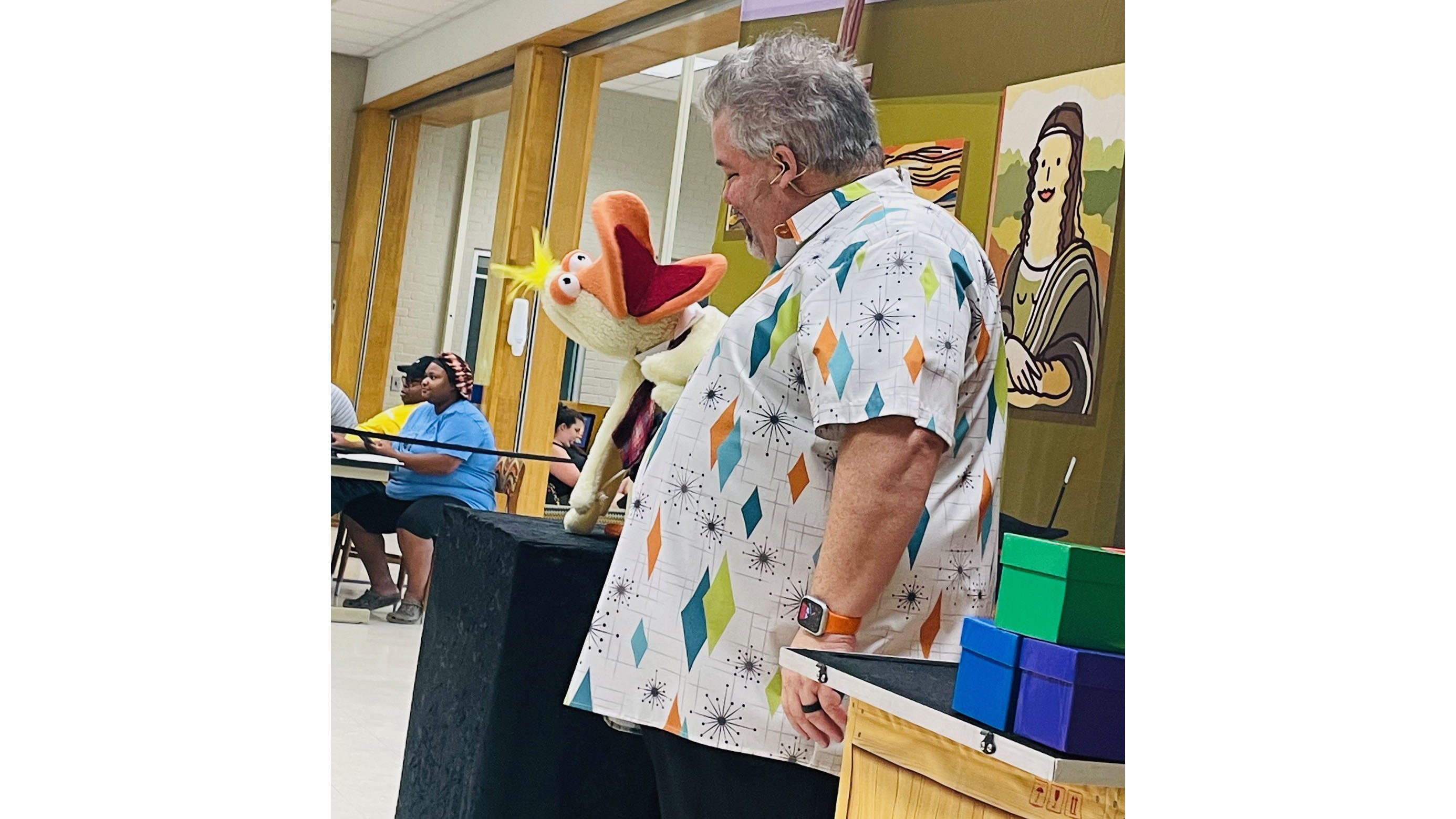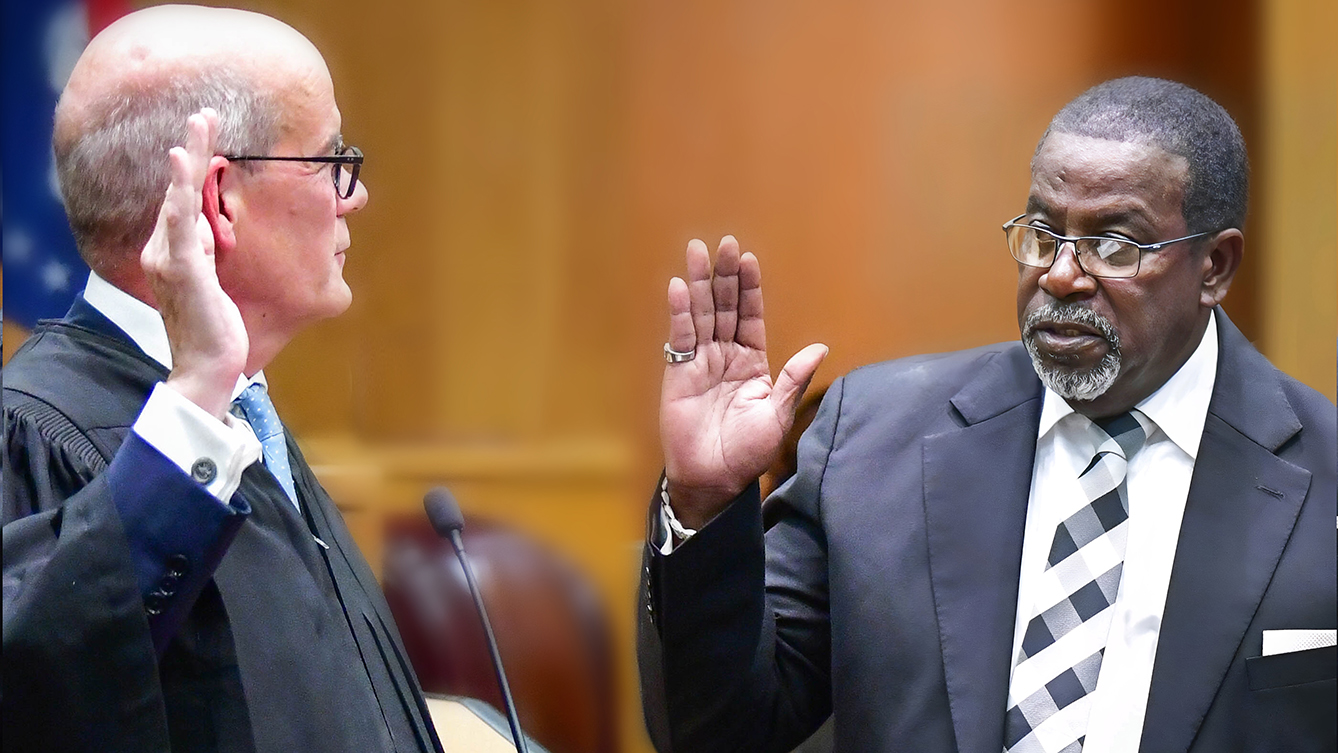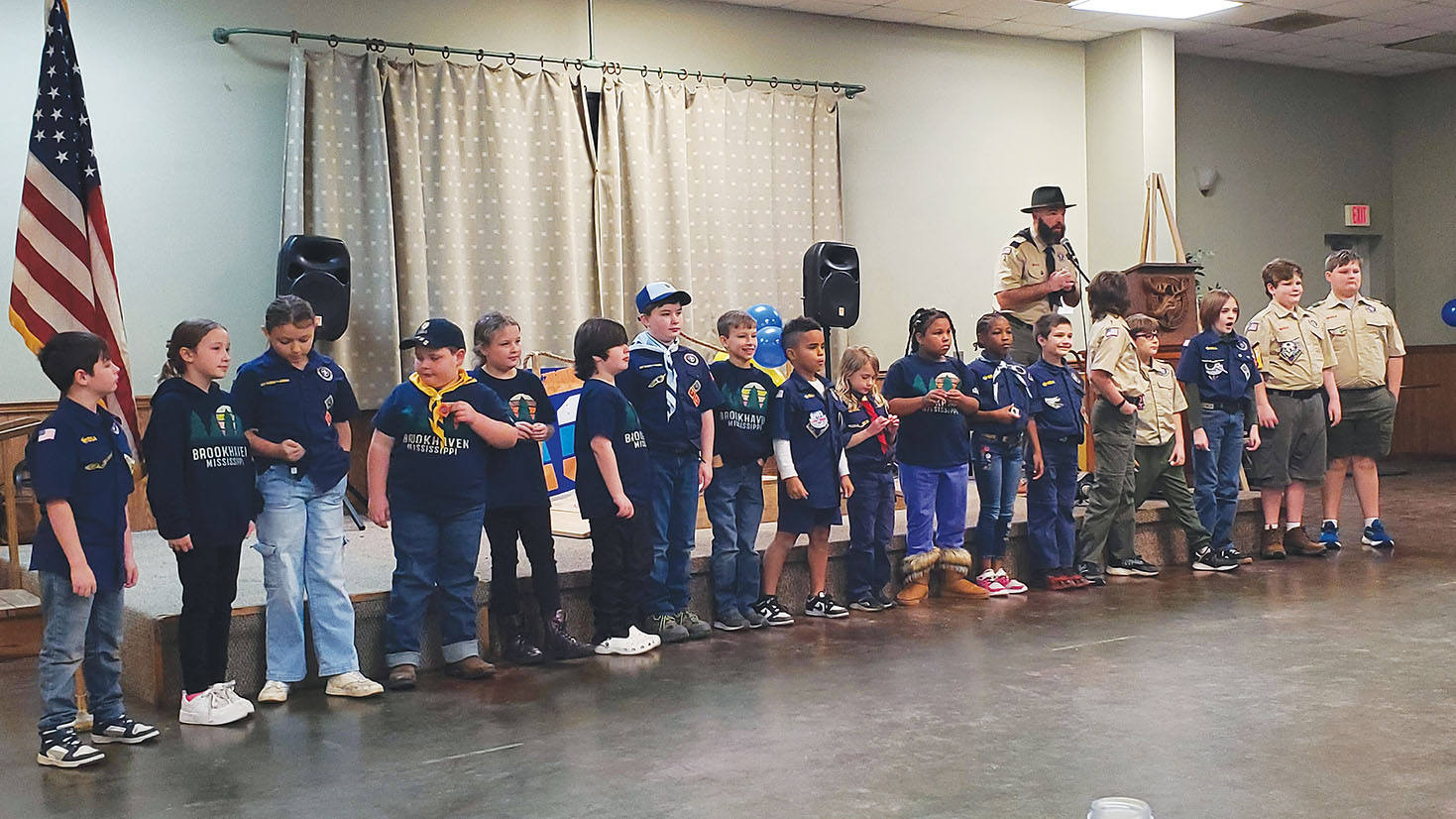USDA announces effort to support terrestrial wildlife habitat connectivity
Published 7:27 am Wednesday, October 23, 2024

- A bobwhite quail. (Courtesy Photo | United States Fish and Wildlife Service)
WASHINGTON D.C. — Agriculture Secretary Tom Vilsack announced a Department-wide effort to support connectivity of wildlife habitat on working landscapes through the management of National Forests and voluntary conservation assistance on private agricultural lands. In a memorandum released this week, Vilsack detailed plans of the U.S. Department of Agriculture (USDA) to drive coordination and action within the Department to improve terrestrial wildlife habitat connectivity and corridors in a way that recognizes and leverages state and Tribal authorities, capitalizes on public land management and respects private property rights through voluntary, locally-led conservation.
In this memorandum, Vilsack directs USDA to marshal a network of programs across USDA, including those of the Natural Resources Conservation Service (NRCS), Farm Service Agency (FSA), Forest Service (FS) and Animal and Plant Health Inspection Service (APHIS) to:
- Incorporate consideration of terrestrial wildlife habitat connectivity and corridors into relevant planning processes, programs, and assessments.
- Improve the coordination, compatibility, and delivery of USDA planning processes and programs to improve outcomes for terrestrial wildlife connectivity.
- Increase inter-jurisdictional coordination with states, tribes and other federal departments.
- Coordinate within USDA to implement the actions outlined in this memo, with the goal of improved delivery of USDA programs and outcomes for terrestrial connectivity.
“Most wildlife in America, from sage grouse to bobwhite and elk to waterfowl, depend on vast swaths of connected habitat, much of which is provided thanks to the stewardship of U.S. farmers, ranchers and forest owners,” said Robert Bonnie, USDA Under Secretary for Farm Production and Conservation. “At USDA, we’re partnering with farmers, ranchers and forest owners to help conserve a connected mosaic of wildlife habitat across America’s public and private lands through incentives that reward them for their stewardship activities. USDA has had tremendous success working with those who voluntarily conserve wildlife habitat and integrate wildlife-friendly measures into their agricultural lands, which has benefitted so many species, from the Greater sage-grouse to the Louisiana black bear. By building on the Department’s existing efforts and leveraging our partners, we hope to make meaningful impacts for wildlife, agriculture and communities.”
“Coordination across agencies and with our state, private, and tribal partners is key to all of our work,” said USDA Under Secretary for Natural Resources and Environment Dr. Homer Wilkes. “Our national forests and grasslands provide critical habitat for wildlife across the country and this collaboration will build on the crucial connection between public lands and the private lands around them.”
“Today’s announcement builds on work of the Department to support wildlife habitat connectivity to ensure the sustainability of large-scale conservation and restoration efforts,” said USDA Marketing and Regulatory Programs Under Secretary Jenny Lester Moffitt. “APHIS prioritizes solutions to wildlife management, conservation and restoration that take into account animal habitats, economic considerations, and human health and safety, while utilizing new technologies available. Additionally, through programs such as the Bison Conservation Transfer Program and the Interagency Bison Management Plan, APHIS uses its animal health expertise to support Tribal conservation programs.”
The U.S. harbors an abundance of wildlife species that require large and environmentally diverse areas of habitat to survive and reproduce. American wildlife species represent immense ecological value, cultural heritage, recreational enjoyment and economic opportunity for the American people. USDA’s efforts will help address habitat loss, barriers to animal movement and impacts from natural disasters and invasive species.
These efforts will include:
- NRCS and FSA conservation programs that provide technical and financial assistance for improving and conserving wildlife habitat on working lands.
- FS land management planning and project implementation including fuels reduction and wildfire crisis planning and implementation.
- APHIS programs focused on wildlife damage, wildlife disease and invasive species management.
- Close coordination with state agencies, federal agencies, tribes and non-government organizations.
- Integration of Indigenous Knowledge into conservation efforts.
- Establishment of USDA’s Terrestrial Wildlife Habitat Connectivity and Corridors Committee.





